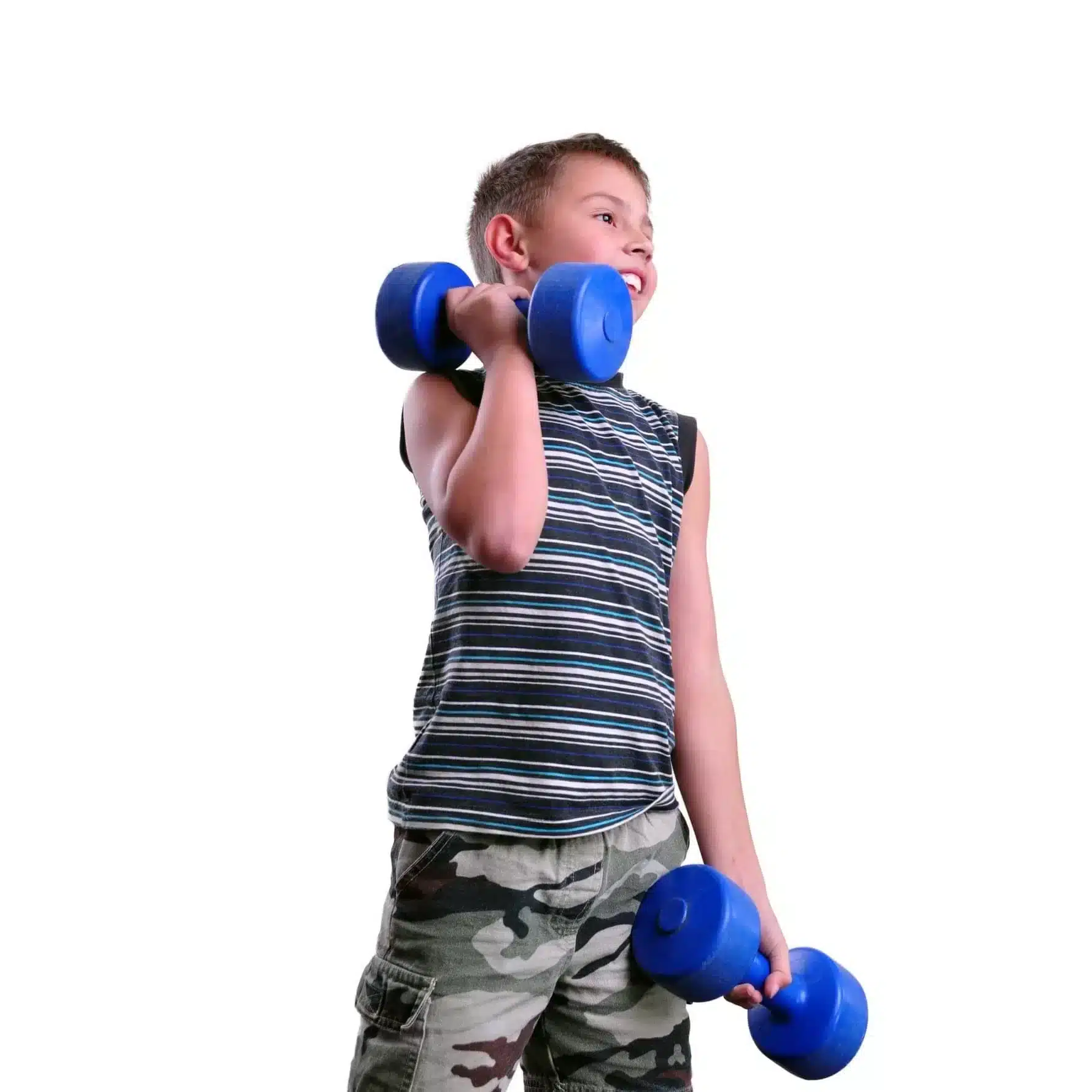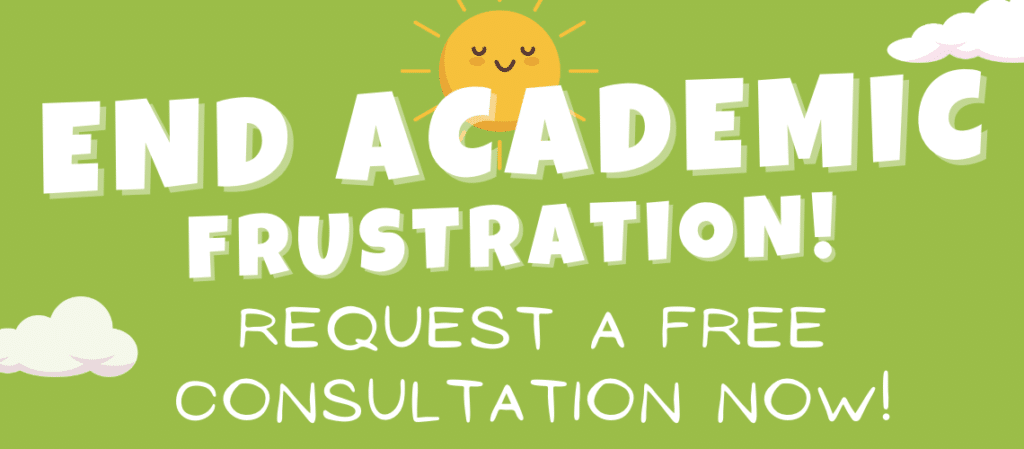About 1 and 10 school-aged children (4-17 years old) have ADHD. That’s over 5 million children in the United States. ADHD is not caused by watching TV, playing video games, poor parenting skills or diet, although these factors may increase the symptoms in some children. It’s a condition that affects areas of the brain that control impulses, concentration and organization skills. ADHD is a 24 hours a day, 7 days a week condition. It can can cause impairment for your child at school and home. Although all children are different, there are many common symptoms.
3 Common Signs Of Attention Deficit Hyperactivity Disorder (ADHD)
1. Inattention
• Often has difficulty paying attention to tasks
• Difficulty listening when spoken to directly
• Trouble organizing activities
• Easily distracted
• Forgetting things
• Procrastination
• Failure to complete tasks
2. Impulsivity
• Difficulty waiting his or her turn
• Interrupts others
• Blurting out answers before the question is finished
• Guesses, rather than taking time to solve the problem
• Intrudes on other people’s conversations
3. Hyperactivity
• Fidgeting with feet and hands
• Talking excessively
• Unable to remain seated
• Running and climbing at inappropriate times
• Unable to play or engage in quiet activities
• Always ‘on the go’
Remember, just because your child displays one or more of these signs doesn’t mean they have ADHD. The best way to know for sure whether or not your child has ADHD is by allowing a professional to evaluate them.
If it’s determined that your child does have ADHD or another special need, there are a ton of resources and assistance available. It’s important to educate yourself on all aspects of special education to ensure your child reaches their excellence academically. Also, ensuring that your child’s behaviors caused by frustration and being overwhelmed don’t get in the way of their success. Parenting in general is filled with ups and downs, however parenting a child with special needs usually means the ups and downs are magnified.
The number one most important thing to remember is that a label doesn’t have to define a child, it simply proves that all children learn differently.













One comment
My son who is now 10, was diagnosed at 8 with a Unspecified Episodic Mood Disorder by one doctor who saw my son in inpatient treatment center. I really am wondering why he diagnosed him with this but another DR. and his Pediatrician diagnosed him with ADHD Combined Type, ODD, and a Specific Learning Disability in Basic Reading, Written Expression and Math. I just would like to know is there a difference in the diagnoses and what services should he be getting in the school setting?